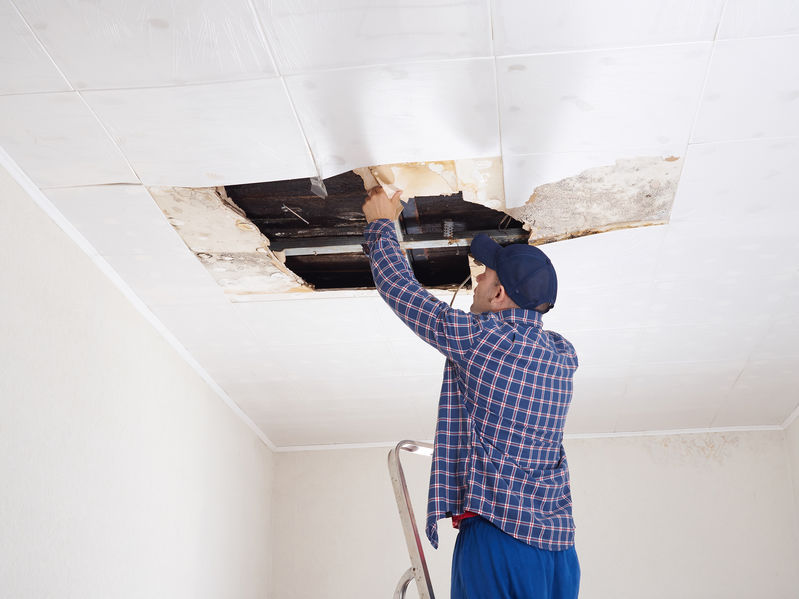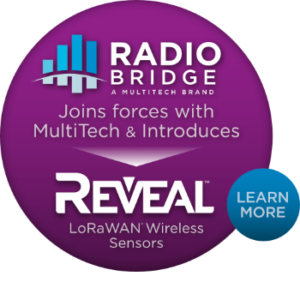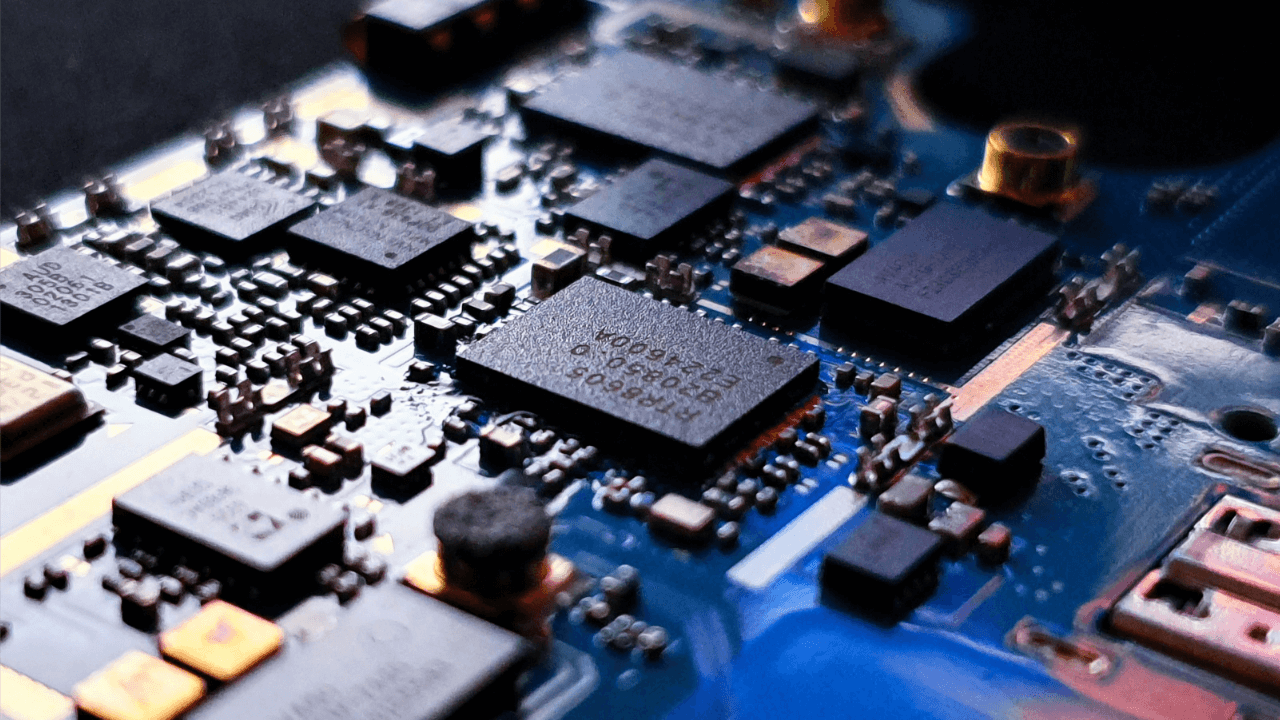
Wireless sensors are transforming how we live and interact with our world.
With wireless sensors, we are able to connect everyday objects to the web and automate information flow in new ways. Consequently, organizations can enhance service offerings and increase the efficiency of their operations.
One type of wireless sensor that is becoming just as important as building security for many companies is the wireless water sensor. These sensors can detect the presence of water, fuel, and other types of liquids. Using wireless rope sensors, building managers can learn of liquid spillages, pump failures, or floods over wide areas. Wireless leak sensors can be mounted on walls or along pipes to detect leaks and frozen water.
Every day, people are finding new ways to use wireless water sensors. Below are a few examples of how different types of organizations are deploying these sensors to support their existing services and protect valuable assets.
Addressing Leaks More Quickly
When it comes to water leaks — every second counts.
This is especially true in multi-family dwellings, condo buildings, and apartment complexes where a major leak in one unit can wreak havoc on many. Without the right flood detection systems in place, it may take a while before free-flowing water is discovered. As time passes, more damage is caused to building interiors and the underlying infrastructure.
Plumbing service companies are beginning to deploy wireless water leak sensors in their client’s buildings so that they can learn of floods as soon as they happen. Rather than wait for phone calls from distressed residents and landlords, plumbers can spring into action as soon as water leak sensors go off. This enables them to address flooding quickly and prevent catastrophic damages for their clients.
Wireless water sensors are also crucial for hotels and luxury resorts, where providing high-quality guest experiences is of utmost importance. For property owners in the hospitality space, water damage is one of the most challenging hurdles to overcome. With wireless water sensors, building managers can avoid inconveniencing guests and prevent long-term damage to interior building systems.
Reducing Water-related Claims & Expenses
Insurance companies are also using wireless water sensors to their advantage.
Traditionally, water monitoring solutions have been expensive to deploy. This has made it challenging for insurers to scale water leak detection capabilities across wide geographic footprints with different types of buildings.
With wireless water leak sensors, insurance companies can receive alerts instantaneously when pipes burst, plumbing fails, or pumps malfunction. As a result, they are able to quickly contact the right repair teams to minimize damages. Additionally, insurers can move away from expensive monitoring solutions and deploy cost-effective water sensors that are able to monitor environments 24/7 for several years.
Using an LPWAN, like Sigfox, insurance companies can install wireless water sensors in every customer home to reduce their overall water claims and ongoing expenses in a given market.
Protecting Critical Assets More Effectively
Water damage can cause major disruption for software and tech companies that rely heavily on servers and other electronic components.
Thanks to wireless water rope sensors, these organizations can line entire server rooms with low-cost, leak detection sensors. Rather than monitor a single point with sensor probes, they can place long water ropes and cover entire perimeters. This specific application is also valuable for any companies with virtual data rooms that must protect digital information at all costs.
Water rope sensors can also be used by organizations that need to preserve physical documents and records. Facility managers for libraries, museums, and art galleries can’t afford any wasted time when it comes to addressing water-related issues. Leaks and pipe bursts can cause irreparable damages in these settings.
The same can be said for retailers with massive warehouses and storage rooms containing millions of dollars of inventory. With wireless water sensors, management personnel can enjoy peace of mind knowing that automated sensors will send alerts if any leakages or accidents occur.
Wireless water sensors are also valuable for home security system companies. Organizations like Honeywell and Interlogix are able to offer leak detection capabilities as part of their service packages with low-cost water leak sensors. At Radio Bridge, a MultiTech brand, we have the technology and expertise to bridge home security system water sensors with LoRaWAN® or other LPWAN radios.
Monitoring Water Levels In Various Settings
In addition to detecting leaks, wireless sensors can be used to monitor water levels in diverse environments.
Wireless ultrasonic level sensors can be used to track water levels in lakes, reservoirs, storage tanks, and rivers. Property owners are able to monitor well volumes and environmental professionals can track groundwater throughout the year. This is especially useful in dryer parts of the country where effective resource management is crucial and could even be coupled with temperature sensors to analyze environmental conditions.
Boat manufacturers and owners can also install these sensors towards the bottom of their watercraft as a safety precaution. This way, if bilge pumps fail, the appropriate people can be notified instantly before major flooding occurs on board.
Radio Bridge Designs Wireless Water Sensors For Every Standard
Thanks to the Internet of Things (IoT) and emerging wireless technologies, we can now deploy wireless sensors for numerous applications across various industries. Many types of companies can use wireless water sensors to provide better services for customers, reduce expenses, and protect their most important assets.
Radio Bridge, a MultiTech brand, designs and manufactures wireless water sensors that can be deployed on the leading emerging wireless standards. We also have a device management system through which users can easily configure their sensors in an intuitive interface. To learn more about our devices and capabilities, give us a call today – (763) 785-3500.





